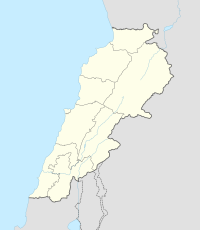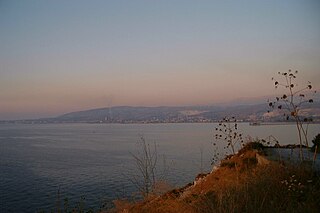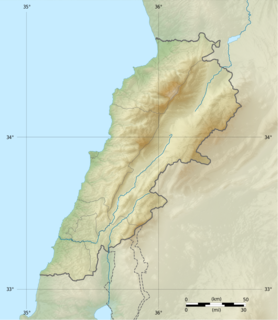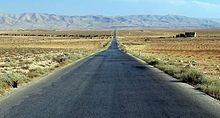 | |
| Location | between Halba and Adbe, Lebanon |
|---|---|
| Region | Akkar Governorate |
| Coordinates | 34°32′25″N36°05′19″E / 34.540278°N 36.088611°E |
| History | |
| Periods | Heavy Neolithic, Neolithic |
| Cultures | Qaraoun culture |
| Site notes | |
| Archaeologists | R. Wetzel, J. Haller, Lorraine Copeland |
| Public access | Yes |
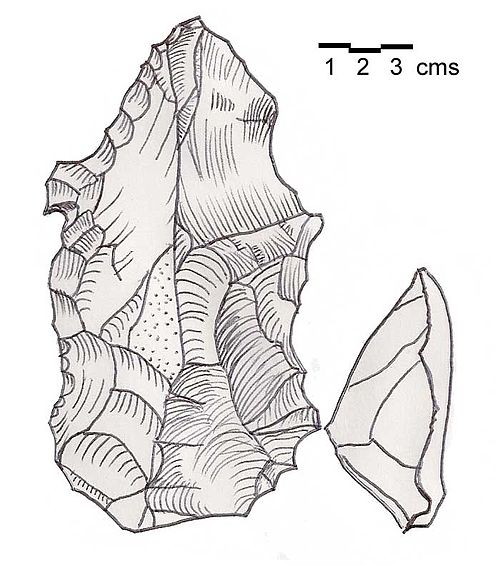
The Akkar plain foothills are the location of several surface archaeological sites found between Halba and Adbe in Akkar Governorate, Lebanon. [1]

Halba is the capital of Akkar Governorate in northern Lebanon, close to the border with Syria. It is located at around 34°33′2″N36°4′41″E.

Akkar Governorate is the northernmost governorate of Lebanon. It comprises the single district of Akkar, which in turn is subdivided into 121 municipalities. The capital is at Halba. It covers an area of 788 km2 (304 sq mi) and is bounded by the Mediterranean Sea to the west, North Governorate to the south, Baalbek-Hermel Governorate to the southeast, and the Syrian governorates of Tartus and Homs to the north and northeast. The governorate's western coastal plain constitutes Lebanon's second largest agricultural region after the Beqaa Valley, while the east features forested mountains that have been considered for protection as a national park.

Lebanon, officially known as the Lebanese Republic, is a country in Western Asia. It is bordered by Syria to the north and east and Israel to the south, while Cyprus is west across the Mediterranean Sea. Lebanon's location at the crossroads of the Mediterranean Basin and the Arabian hinterland facilitated its rich history and shaped a cultural identity of religious and ethnic diversity. At just 10,452 km2, it is the smallest recognized sovereign state on the mainland Asian continent.
The sites were found in neogene conglomerates above the 200 metres (660 ft) contour on Louis Dubertret's geological map and mentioned by R. Wetzel and J. Haller in 1945. [2] The materials found were described as "Gros bifaces" along with other roughouts. The tools were originally classified as Chelleo-Acheullean however Lorraine Copeland suggested them reclassified as a Heavy Neolithic assemblage of the Qaraoun culture in light of more modern research. [1]
The Neogene is a geologic period and system that spans 20.45 million years from the end of the Paleogene Period 23.03 million years ago (Mya) to the beginning of the present Quaternary Period 2.58 Mya. The Neogene is sub-divided into two epochs, the earlier Miocene and the later Pliocene. Some geologists assert that the Neogene cannot be clearly delineated from the modern geological period, the Quaternary. The term "Neogene" was coined in 1853 by the Austrian palaeontologist Moritz Hörnes (1815–1868).

Conglomerate is a coarse-grained clastic sedimentary rock that is composed of a substantial fraction of rounded to subangular gravel-size clasts, e.g., granules, pebbles, cobbles, and boulders, larger than 2 mm (0.079 in) in diameter. Conglomerates form by the consolidation and lithification of gravel. Conglomerates typically contain finer grained sediment, e.g., either sand, silt, clay or combination of them, called matrix by geologists, filling their interstices and are often cemented by calcium carbonate, iron oxide, silica, or hardened clay.
Lorraine Copeland was an archaeologist specialising in the Palaeolithic period of the Near East. She was a secret agent with the Special Operations Executive during World War II.
